Sonos' Nightmare Was Inevitable
Sonos is at the center of a crisis, bleeding goodwill from some of its most loyal users, and all because of a situation as inevitable as it is frustrating. CEO Patrick Spence shifted into damage control this week, after reports that come May 2020 some of the company's oldest products would no longer be eligible for software support.
The original Zone Players, Connect, and Connect:Amp (launched in 2006; with some versions sold until 2015), Sonos' first-generation Play:5 (launched in 2009), the CR200 (launched in 2009), and finally the Sonos Bridge (launched 2007) would no longer get new features at that point, Sonos had announced at the start of the week. While the speakers would continue working, owners could no longer expect new functionality to be added over time.
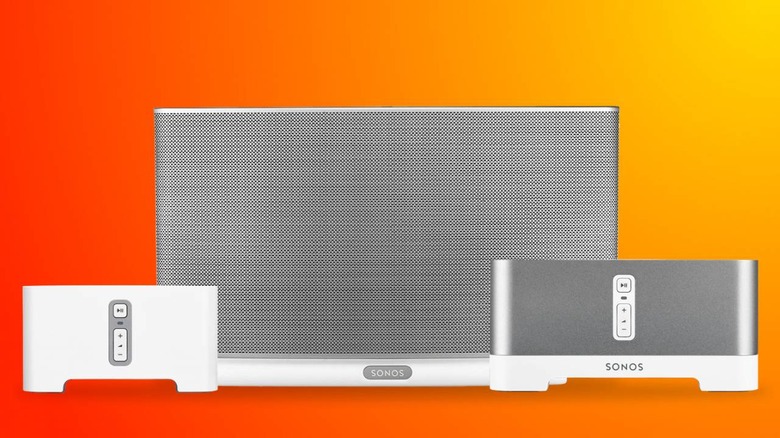
More galling, Sonos revealed that those people with a mixed network of newer and legacy models would have to choose between the latest software or keeping everything running. While the company said it was working on a way to have a single network with both newer models like the Sonos Move keeping pace with the freshest firmware, even as older hardware no longer kept up, it wasn't entirely sure whether that would work or, if so, when it might be enabled.
Instead, it seemed, owners would have to choose: keep everything running but miss out on the latest updates, or do without their older hardware. Considering that hardware was typically owned by those who got on the Sonos bandwagon earliest – and who are usually the company's biggest cheerleaders – that ultimatum didn't go down well at all.
Smart speakers aren't smart forever
The situation renewed the arguments about whether smarter products are better than their dumb counterparts, or if their advantages are outweighed by their drawbacks. Owners of classic – but still perfectly functional – Hi-Fi equipment were quick to point out that their hardware was still operational after decades. A speaker is not a phone or a laptop, they insisted, and there are reasonable expectations about just how long it should last.
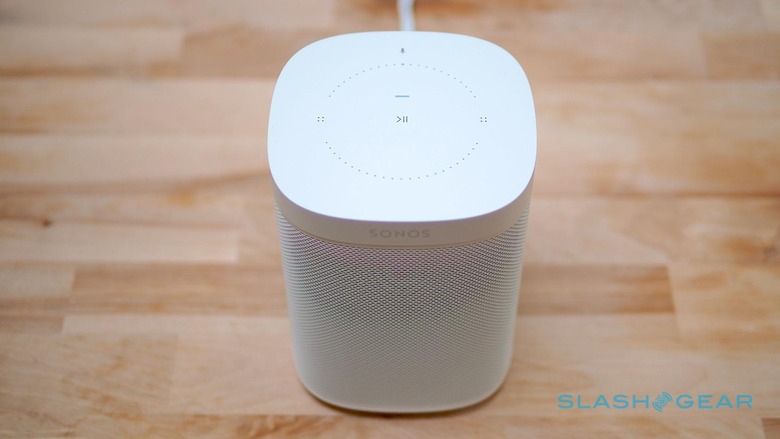
Of course, that conveniently ignores the whole point of Sonos: that they're not just regular speakers. The company's approach from the start has been to make for smarter audio, by allowing multiple zones to be synchronized together. Since then, the way that has been delivered has changed – shifting from a proprietary wireless network, for example, to regular WiFi, and embracing streaming music services rather than files stored on a local NAS – but the core purpose is the same.
That demands more than just speaker drivers, an amplifier, and industry-standard cables. It means adding networking hardware, wireless radios, processors to run the software needed to deal with multiple zones and changing groupings. Sonos products were always a ticking time bomb, in reality, because yesterday's processors are never going to be guaranteed to run tomorrow's software.
Convergence comes at a cost
In a sense, it's the same challenge faced by convergence elsewhere in our electronics. Most of us don't carry a separate cellphone, camera, and media player around with us any more: instead we have a single smartphone that does all that. It's convenient, certainly, but it also means that you can't really just replace one part.

If you want the latest camera, you're also replacing your media player and your phone. Companies have flirted with modular designs, with the idea to allow just one component to be upgraded, but each inevitably runs into the same set of problems. Not only is modularity more expensive, it's typically bulkier since each part needs its own hardware and connectors. Meanwhile the central core of the device – even if that's just the baseplate that each part attaches to – itself gets outdated. At some point the new just isn't going to work with the old.
We accept that with smartphones because the upside is considered worth the costs. Sonos buyers, too, made that decision. You could run speaker wire around the house, and have different amplifiers and speakers in different rooms, and then use switching boxes to control each grouping, and to manage different sources... but few have the patience for all that. Even the most advanced "traditional" multi-room installation ends up with the complexity of a railway controller's junction box.
That was the whole issue Sonos was designed to solve, and along the way owners got used to the company's "no hardware left behind" attitude to updates. It's been an outlier in the consumer tech world, where Apple gets kudos for delivering iOS updates to devices even though they're only a few years old. One day the good times would have to end, though.
Sonos TradeUp got the thumbs-down
Signs that changes were afoot came in October 2019, when Sonos launched its "Trade Up" program. What's now a familiar list of some of the oldest products – like the Connect:Amp and the first-gen Play:5 – were suddenly eligible for trade-in. In return for giving them up, Sonos would offer a 30-percent credit on newer speakers.
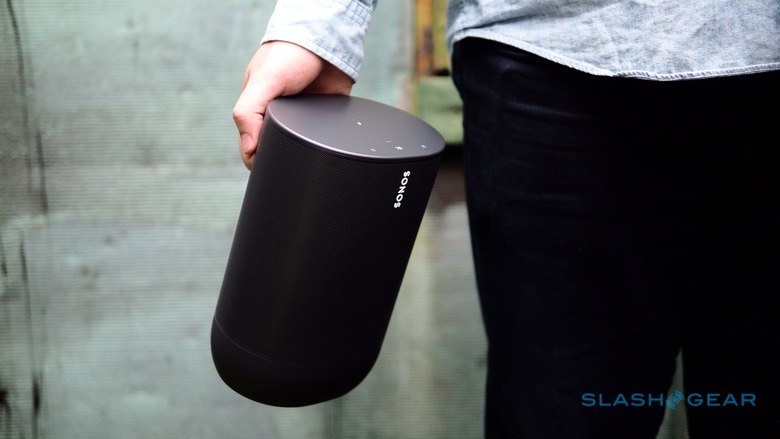
All the signs suggest that Sonos expected that to be received with open arms. Instead, Trade Up led to huge controversy around end-of-life devices and approaches to recycling. To be eligible for the program, owners would have to put their old speakers into a so-called "recycle mode": that would permanently brick them. It was, Sonos argued, intended to make sure they then went on to be broken down for recycling, rather than resold to someone who might not realize they wouldn't be compatible with the latest features.
The idea of working speakers being prematurely deactivated led to uproar, though. There's undoubtedly some bleed-through to the reception this latest end of software support has received, too. At one point, at least some Sonos owners seemed convinced that come May 2020 their legacy speakers would automatically stop working.
Apologies are good; Transparency is better
That brings us to Thursday, and Spence's big apology. "We heard you," the CEO wrote on the Sonos blog. "We did not get this right from the start. My apologies for that and I wanted to personally assure you of the path forward."
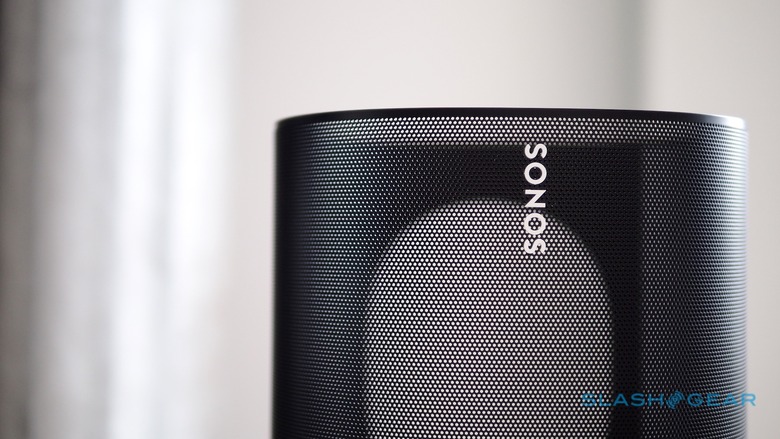
That path, frankly, isn't really any different to the route we already knew Sonos planned to take. Spence wasn't sharing new information, merely trying to add some context to it. Come May, the oldest speakers will no longer get any firmware updates, beyond bug fixes and security patches that Sonos says will be delivered "for as long as possible." The only real addition was a commitment that, should Sonos "run into something core to the experience that can't be addressed" with those older products, it would do its best "to offer an alternative solution and let you know about any changes you'll see in your experience."
As for the ability to use legacy and modern products together, again, Spence reiterated the previous commitment that Sonos would do its best to deliver that. He didn't answer the biggest concern among owners, though: would they be able to group legacy and modern zones together, and play the same music in them all?
The obvious reason for that omission is that Sonos probably doesn't know the answer itself yet. It had hoped to close the door on its older devices and focus on keeping its features competitive on newer models. After all, the company faces cheap competition from Google and Amazon, which each have exponentially more resources to put into smart speaker technology.
A Catch 22 for Sonos
Instead, Sonos finds itself with angry owners and more work than it expected. The reality is that this situation was always going to happen: the oldest products in Sonos' line-up were inevitably going to reach a point where their hardware wasn't able to keep up with the software, even if the amps and drivers themselves are perfectly functional. At the same time, owners of those products were always going to be furious.
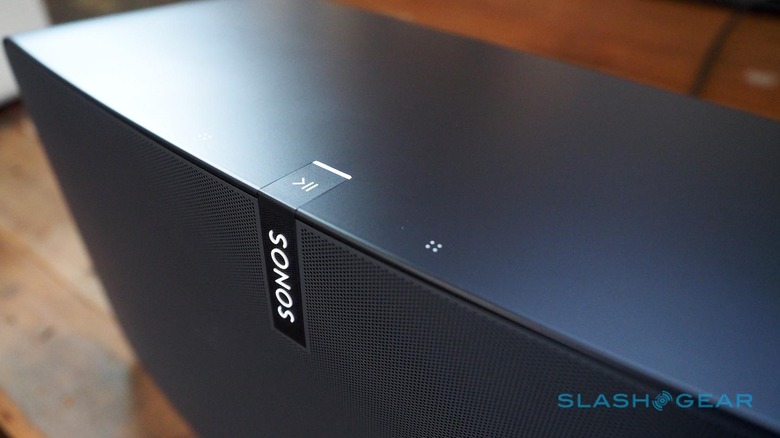
The question now is whether Sonos can recover the goodwill it has seen go up in flames over the past week. It finds itself in an unenviable situation: offers to subsidize new purchases for existing owners are scorned by people with speakers that still play music; offers to recycle older models encounter the wrath of those who – rightly – see reuse as more green. Doing nothing, meanwhile, isn't an option, because without compelling features that keep pace with the industry as a whole, few will opt for Sonos over, say, Google Home or Amazon Echo.
Sonos' recent lawsuit against Google highlighted the pressure the company is under to try to remain competitive with heavyweight rivals. Ironically the bigger threat may well end up being the audience of users Sonos has spent so many years cultivating. Get that reaction wrong, and its vision of whole-home music may quickly go out of tune.
